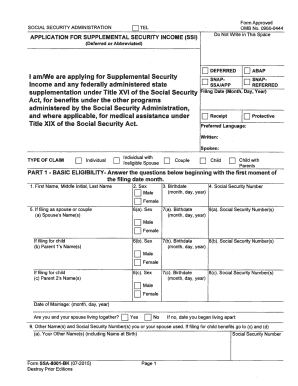What disease does the rubella virus cause? Does rubella immunity predict measles immunity? Is rubella bacterial or viral? What virus causes Guillain Barre syndrome?
If signs and symptoms do occur, they generally appear between two and three weeks after exposure to the virus.
German measles, also known as rubella, is a viral infection that causes a red rash on the body. Aside from the rash, people with German measles usually have a fever and swollen lymph nodes. The infection can spread from person to person through contact with droplets from an infected person’s sneeze or cough. When signs and symptoms associated with rubella virus do occur, these usually include low-grade fever and rash.
Other symptoms and signs can include swollen or enlarged lymph nodes in the neck , runny nose or nasal congestion , cough , malaise , and headache. Rubella, more commonly known as German measles or three-day measles, is a contagious disease caused by the rubella virus. Rubella is transmitted by airborne droplets from sneezing and coughing.




